By Louise Irvine
As Valentine’s Day approaches on February 14th, we are inundated with cards depicting Cupid armed with his bow and arrow to find his mark and inspire true love. In ancient mythology, Cupid was the Roman god of desire and erotic love. He was also known as Amor in Latin poetry and Eros in Greece. We invite you to fall in love with all the different depictions of Cupid in the WMODA collection of Fired Arts.
Cupid’s Arrow
According to myth, Cupid was the son of Mercury, the winged messenger of the gods and Venus, the goddess of love. Allegedly, Cupid is winged because lovers are flighty and likely to change their mind and boyish because love is irrational. Originally, he appeared in art as a slender winged youth. From Roman times onwards, he was more often portrayed as a chubby boy with a bow and arrow.
It was the popularity of Valentine’s Day during the Victorian era that led to greeting cards adorned with Cupid, hearts, and declarations of love. A wounded heart indicating lovesickness was depicted with Cupid’s arrow piercing it while a broken heart was represented in two pieces. Anybody who is shot with Cupid’s golden arrow is filled with uncontrollable desire. On the other hand, the barb on Cupid’s silver arrow has the power to induce hate in his victims.
Cupid Disarmed
Although Cupid could bring happiness to many couples, he was also considered mischievous in his matchmaking. The Neoclassical painter, Angelica Kauffman, depicted Cupid being disarmed by the three Graces, who were givers of charm and beauty in Greek mythology. Engravings of her paintings inspired figures in Meissen porcelain and Wedgwood Black Basalt. Minton artists also portrayed Cupid being punished by Venus on vases and flasks. Royal Doulton sculptor Leslie Harradine reflected Cupid’s mischievous side by hiding him behind two of his Art Deco figurines and even locked him in medieval stocks which restrained him by his feet.
Cupid and Psyche
The Neoclassical masterpiece of Psyche Revived by Cupid’s Kiss, sculpted in marble by Antonio Canova, has also inspired countless reproductions since it was commissioned in 1787. Cupid lifts his beloved Psyche in a tender embrace and awakens her with a kiss after she had been cast into a deathlike sleep by Venus. The lovers are later allowed to marry, giving Psyche immortal powers as the Goddess of the Soul. Wedgwood portrayed their wedding on Jasper ware plaques.
Cupid and Psyche continued to be portrayed in intimate embraces, notably in the Parian porcelain body so beloved by Victorians. The Minton Parian statue by Hamlet Bourne from 1858 was modeled after the Roman marble at the Capitoline in Rome.
Cupid on a Dolphin
Less familiar today are the images of Cupid riding on a dolphin that prevailed in classical art. Venus, the mother of Cupid, was born in the sea and his aquatic ancestry probably explains the dolphin as his preferred mode of transport in mosaics and statuary from antiquity. Dolphins are often portrayed as affectionate to humans and there are many stories of them saving sailors in distress.
Dolphins, with and without Cupid, were popular adornments for playing fountains from Renaissance to Victorian times. George Tinworth’s terracotta sculpture of Cupid on a Dolphin is one of WMODA’s most popular exhibits and was made originally by Doulton’s of Lambeth as a fountain statue in the 1870s.
Happy Valentine’s Day. You can fall in love with WMODA all over again when we reopen this summer!
Read more about Cupid and Valentine’s Day
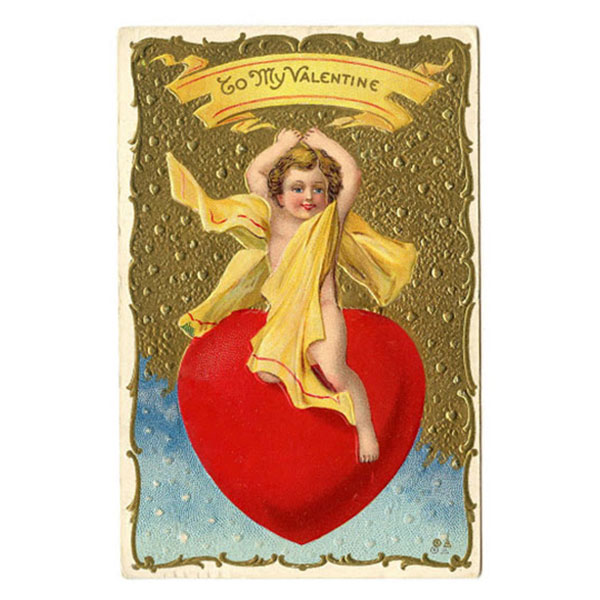
Cupid Heart Victorian Valentine Card
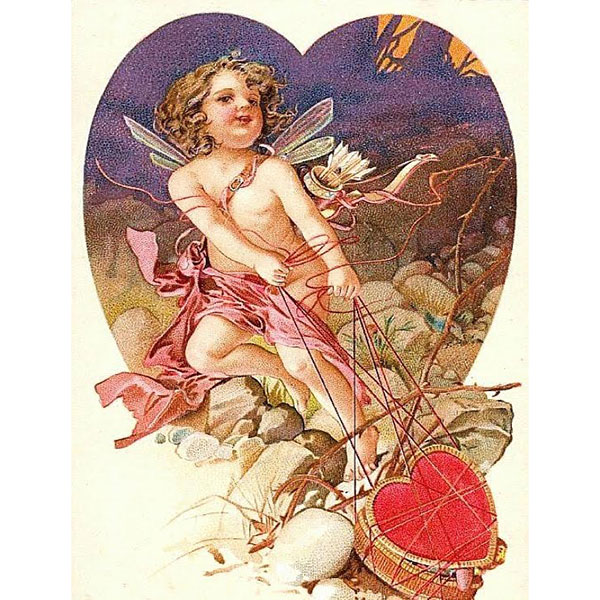
Cupid Captured Heart Victorian Valentine Card
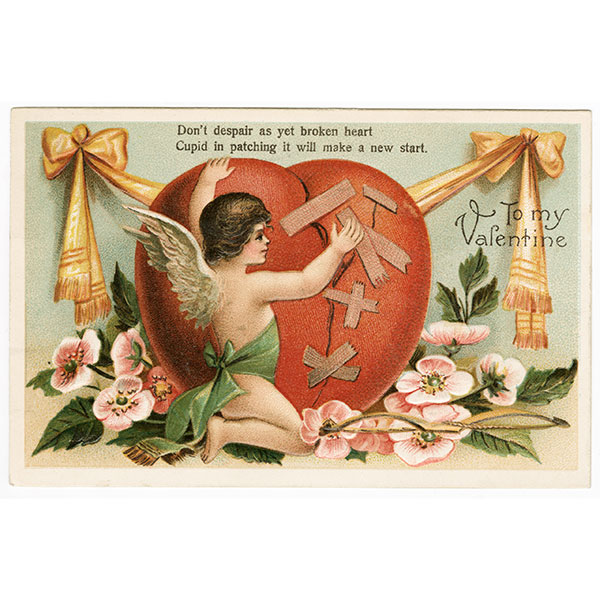
Broken Heart Victorian Valentine Card
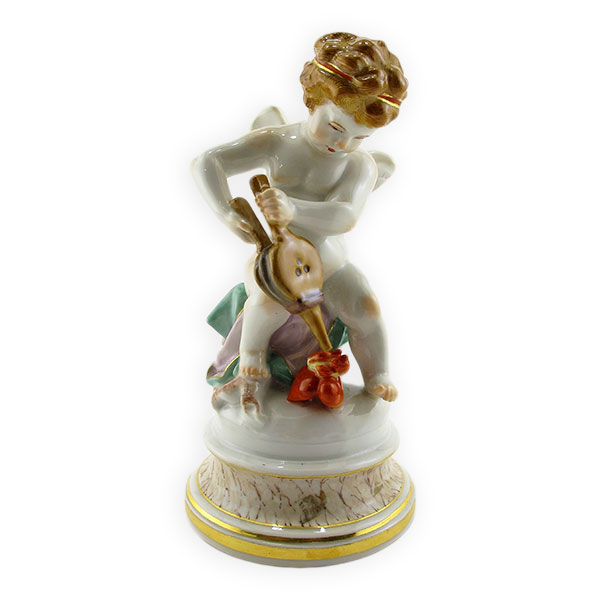
Meissen Cupid Flaming Heart
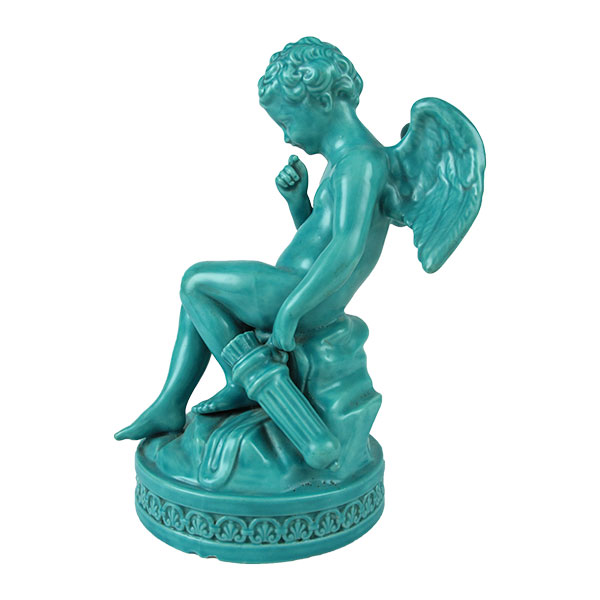
Wedgwood Cupid
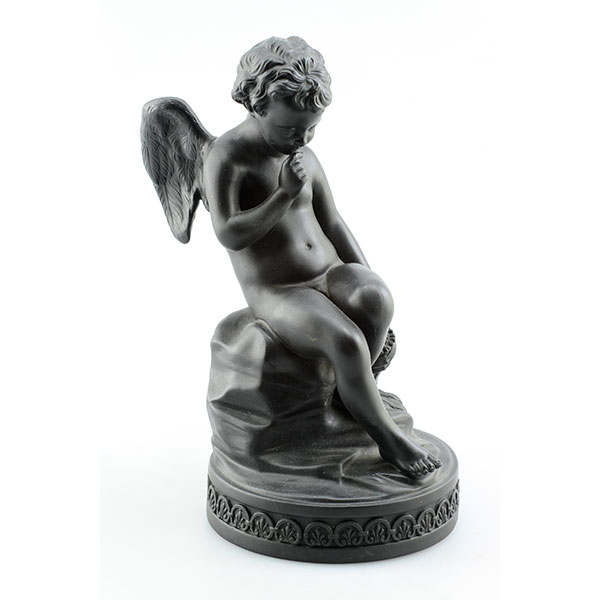
Wedgwood Black Basalt Cupid
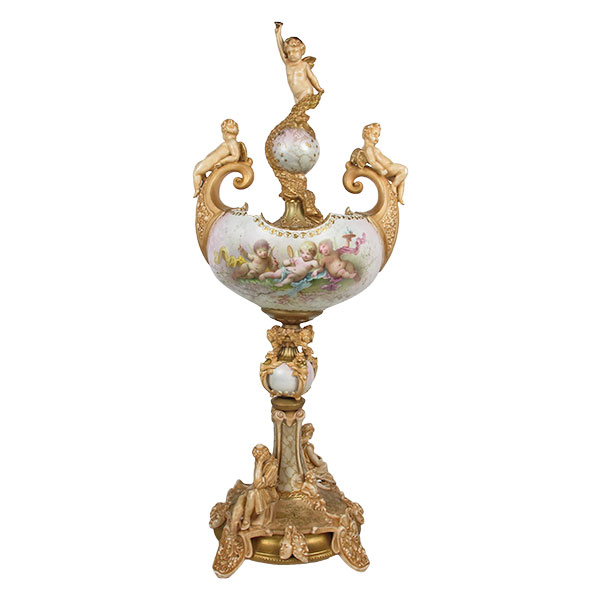
Doulton Burslem Love Vase
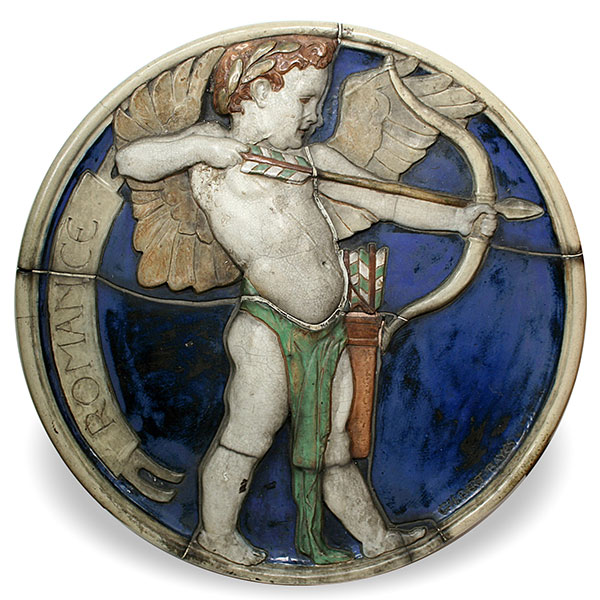
Royal Doulton Romance G. Bayes
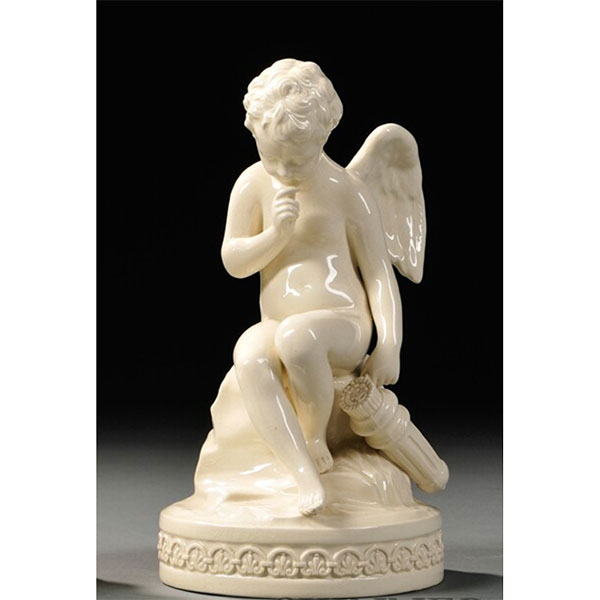
Wedgwood Queensware Cupid
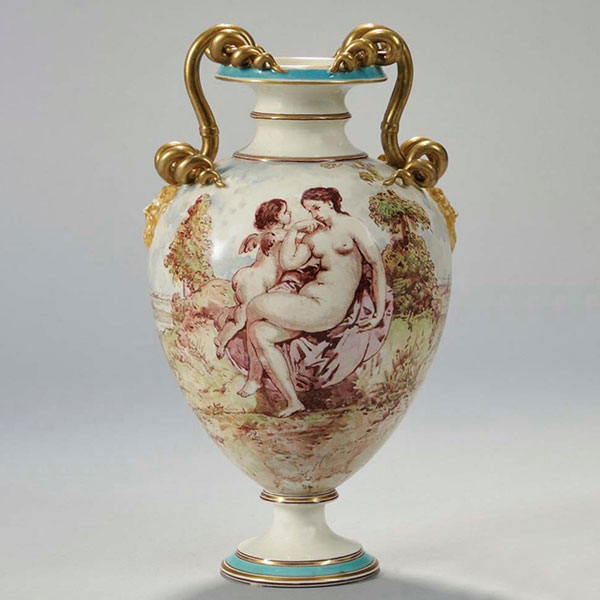
Wedgwood Venus and Cupid
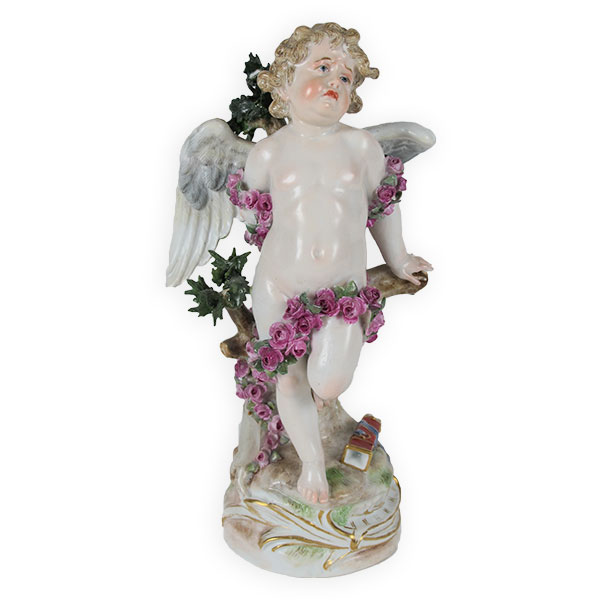
Meissen Cupid Bound with Roses
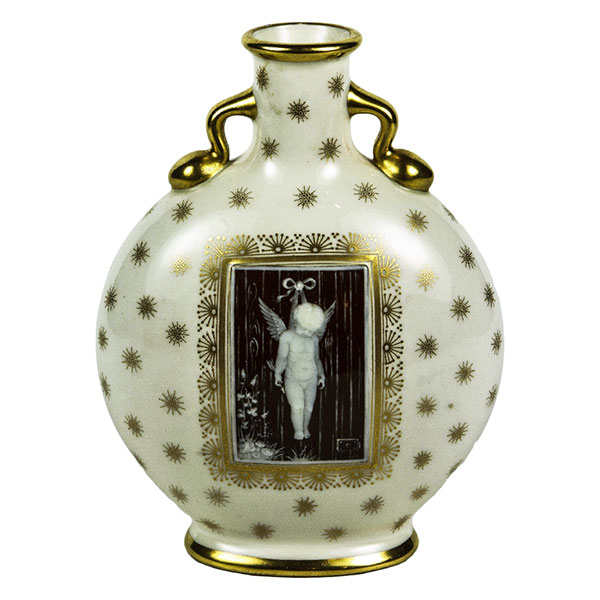
Minton Cupid Punished A. Morgan
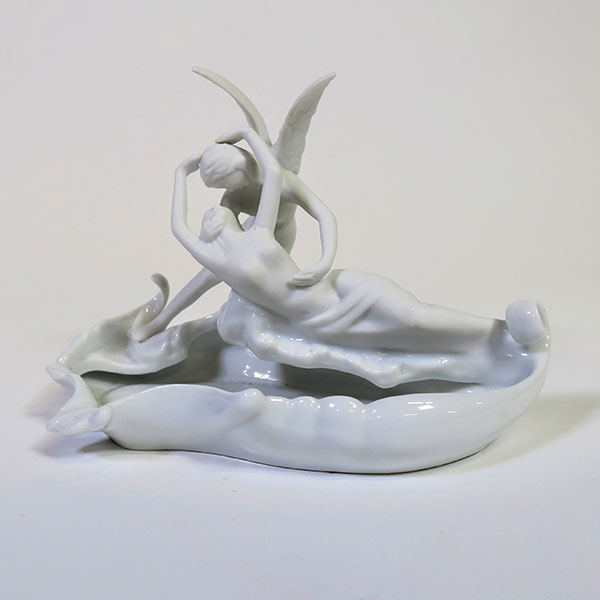
Cupid and Psyche after Canova
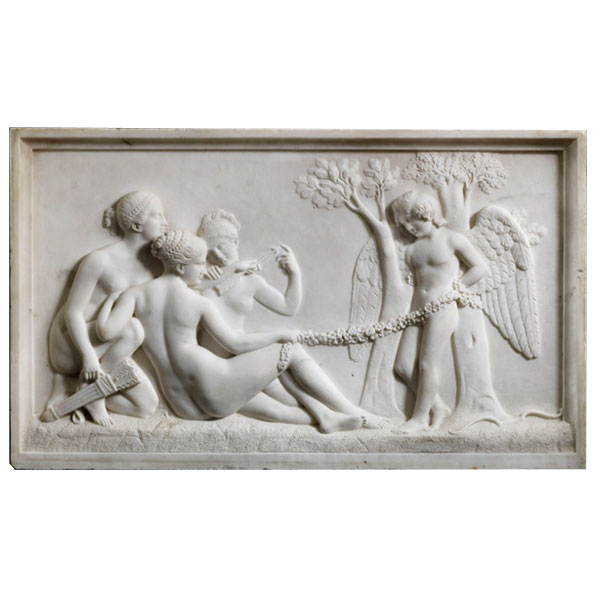
Cupid Bound by Three Graces Bertel Thorwaldsen
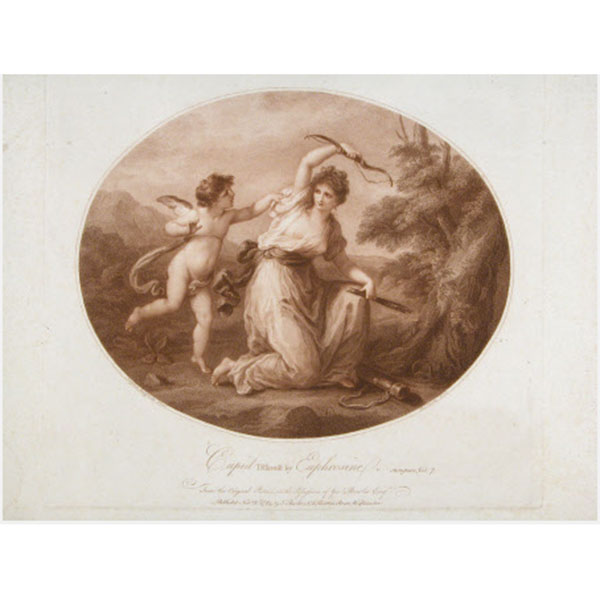
Cupid Disarmed Angelica Kauffman
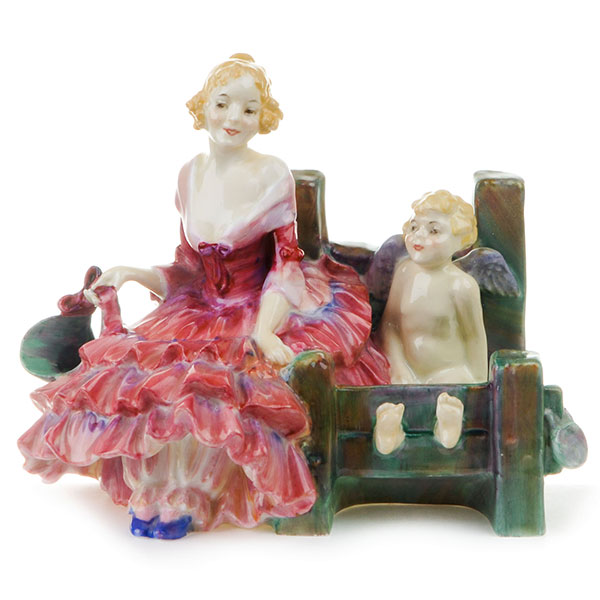
Royal Doulton In the Stocks L. Harradine
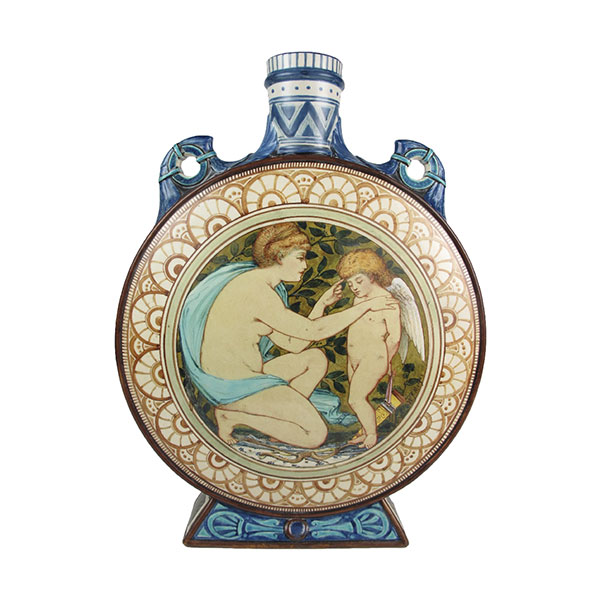
Wedgwood Eros and Euphrosyne
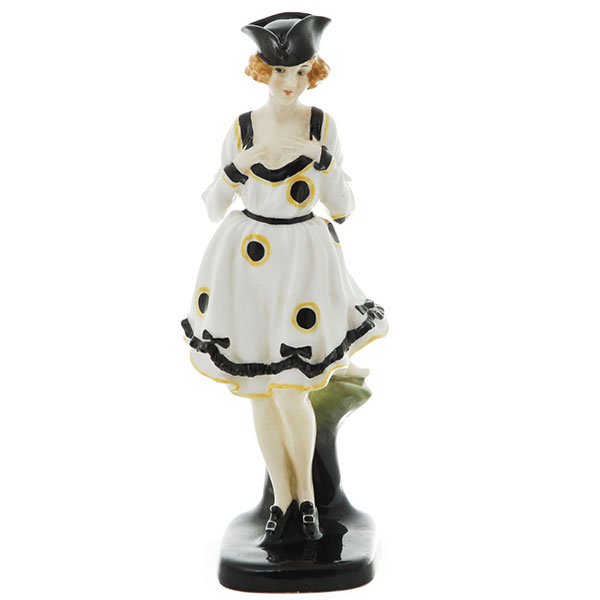
Royal Doulton Mamselle L. Harradine
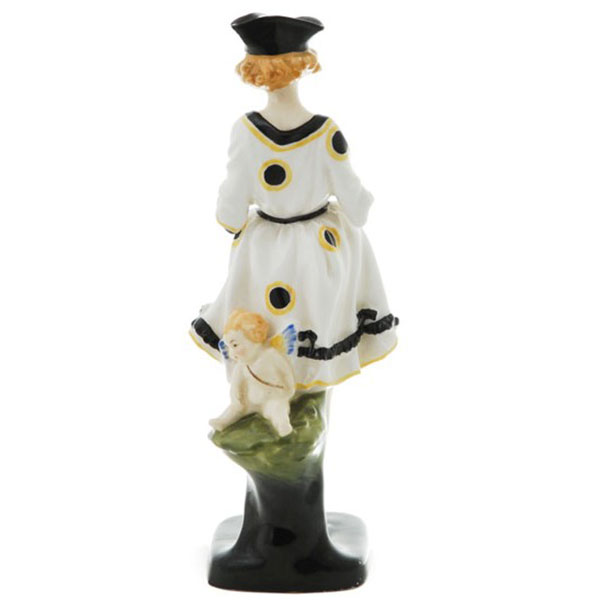
Royal Doulton Mamselle Back
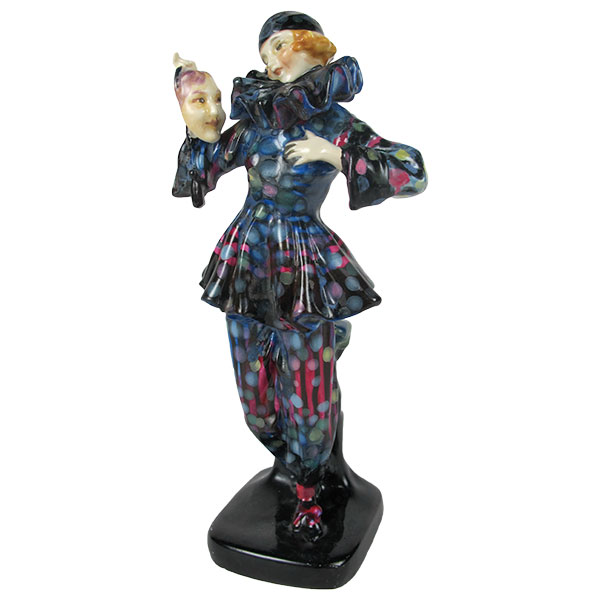
Royal Doulton Mask L. Harradine
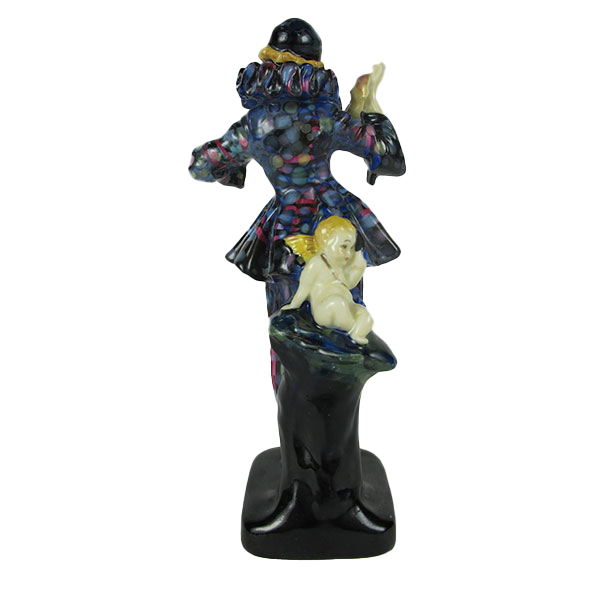
Royal Doulton Mask Back
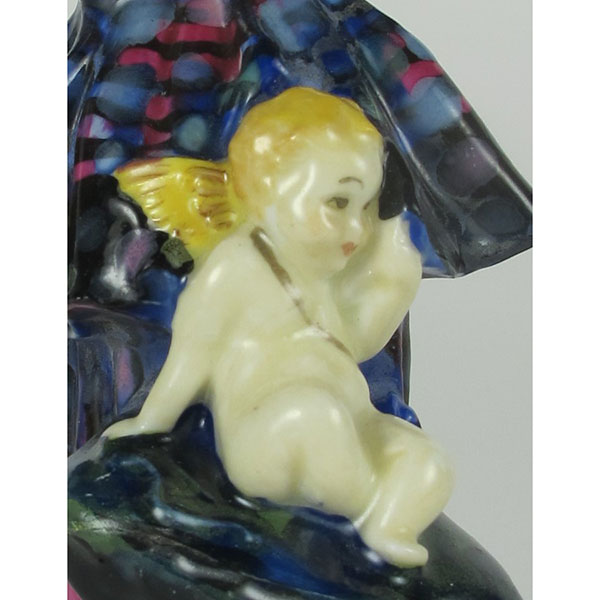
Royal Doulton Mask Detail
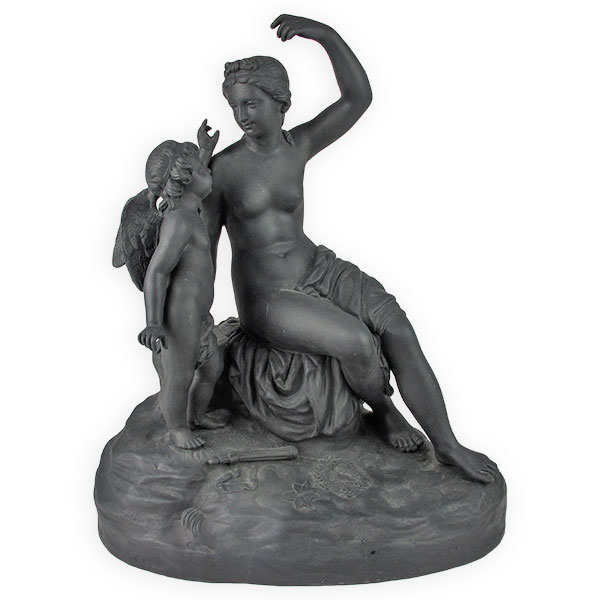
Wedgwood Cupid Disarmed after Giovanni Meli
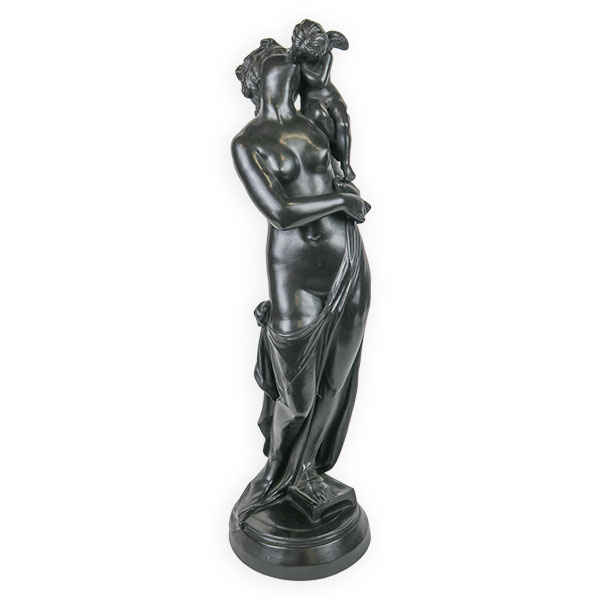
Wedgwood Eros and Euphrosyne
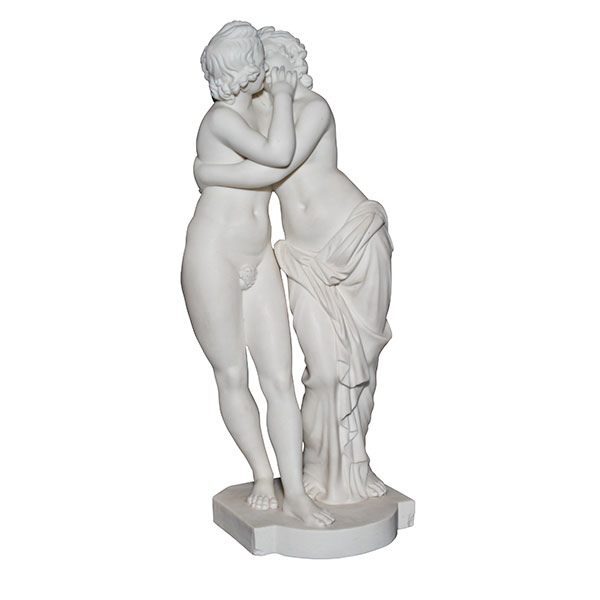
Minton Cupid and Psyche H. Bourne
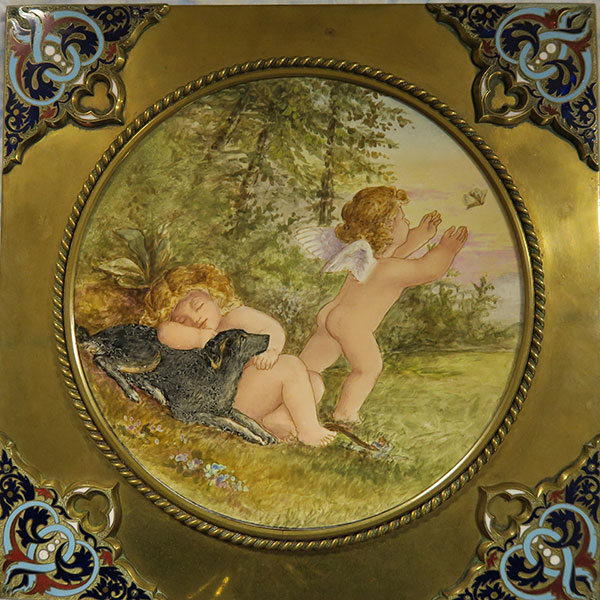
Doulton Cupid and Psyche M. Armstrong
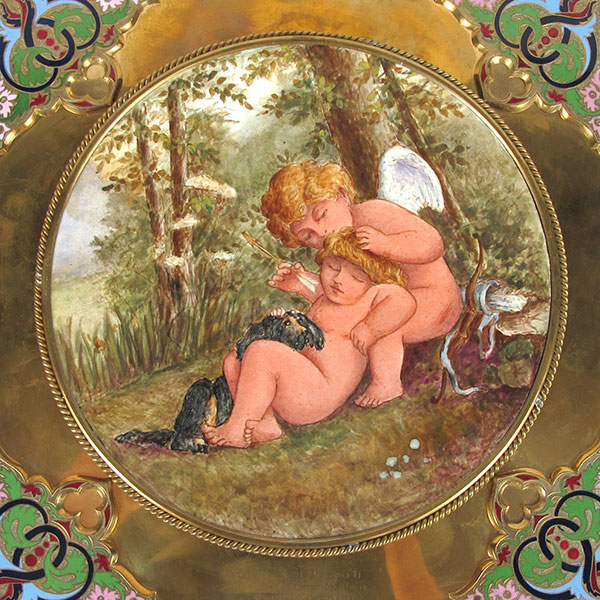
Doulton Cupid and Psyche M. Armstrong
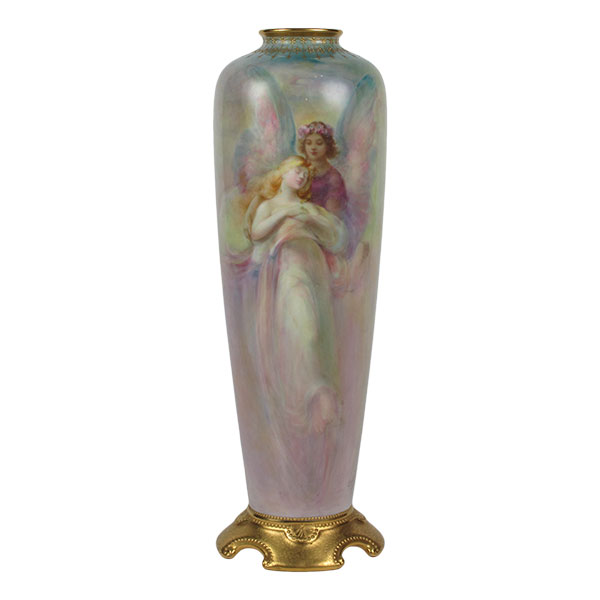
Royal Doulton Cupid and Psyche
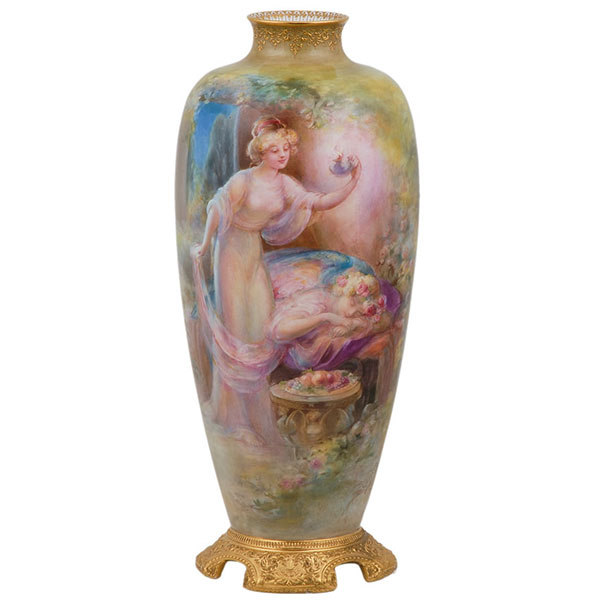
Royal Doulton Cupid and Psyche G. White
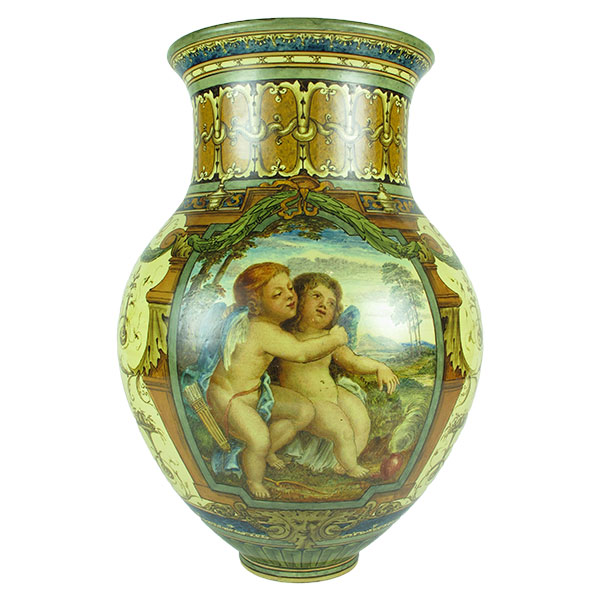
Doulton Cupid and Psyche W. Nunn
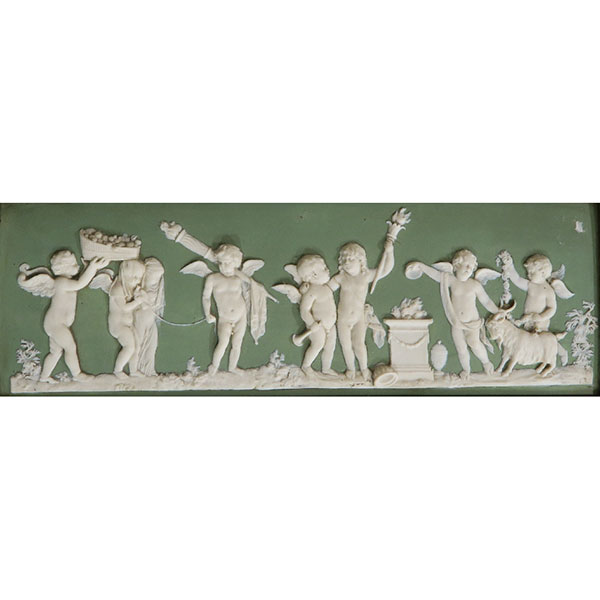
Wedgwood Marriage of Cupid and Psyche
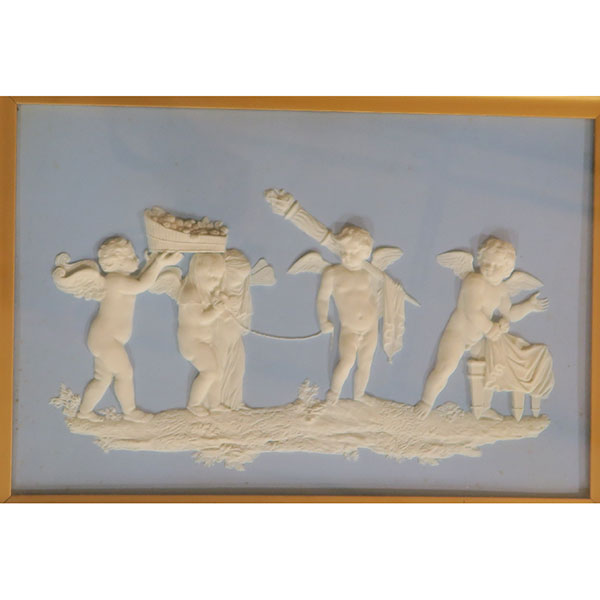
Wedgwood Marriage of Cupid and Psyche
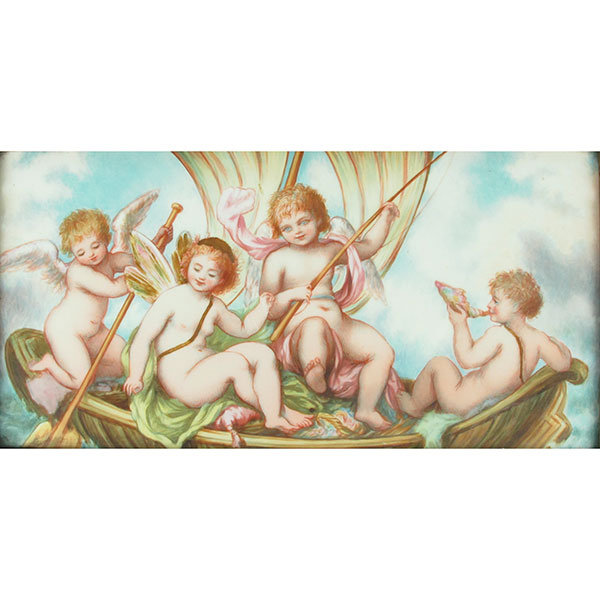
Minton Cupid and Psyche Tile
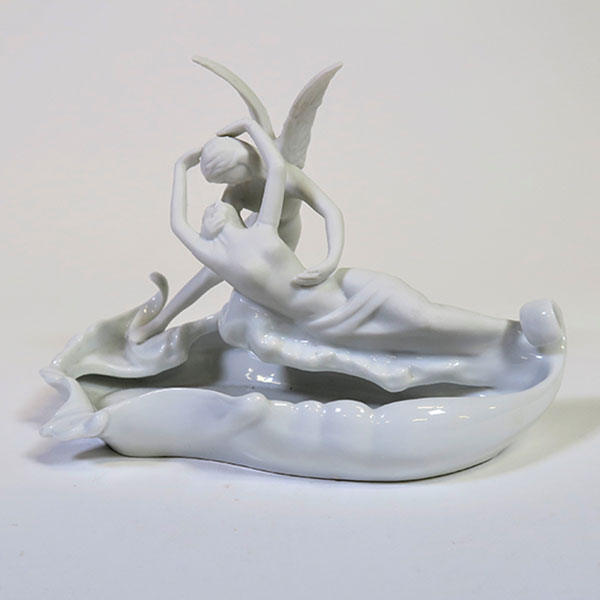
Cupid and Psyche after Canova
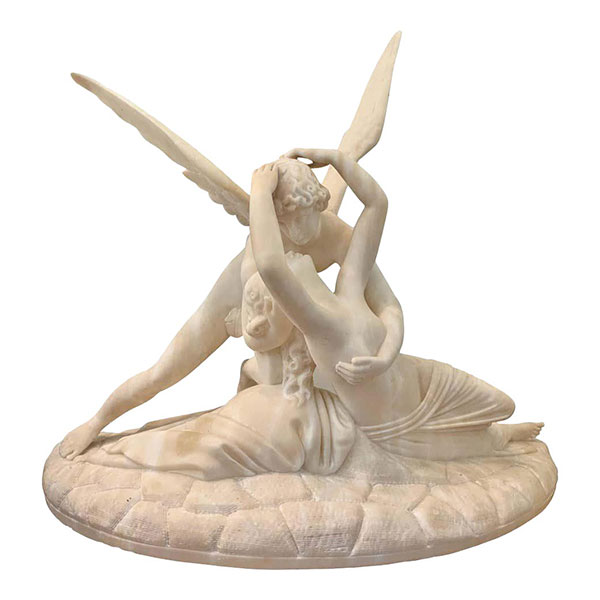
Cupid Psyche Alabaster A. Canova
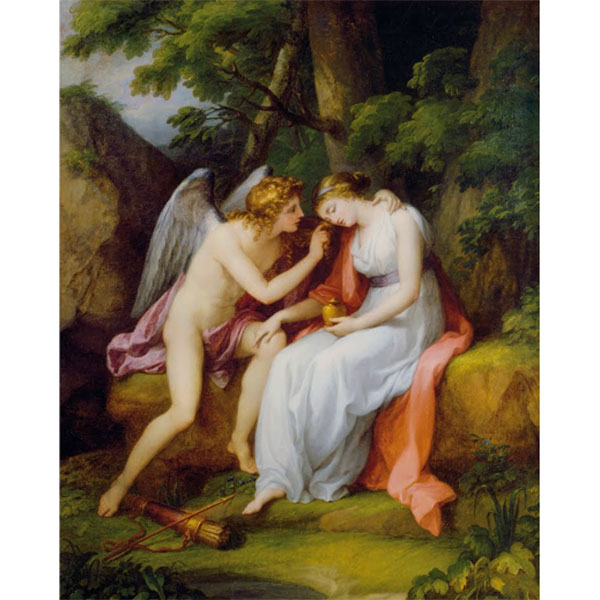
Cupid and Psyche Angelica Kauffman
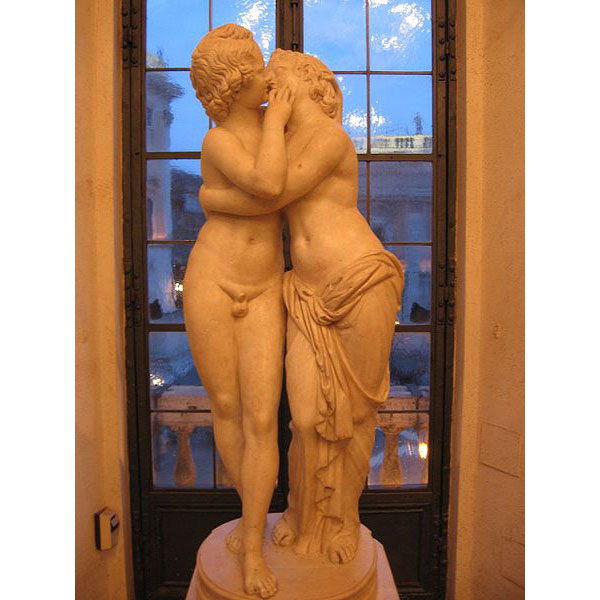
Cupid and Psyche Roman Marble
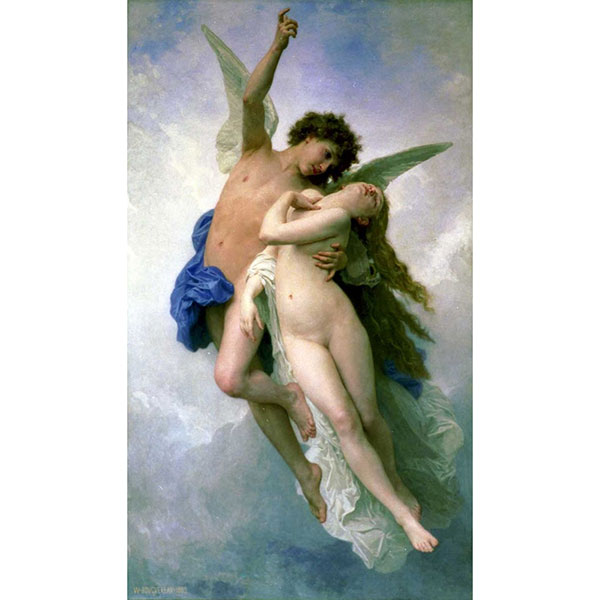
Cupid and Psyche W. Bouguereau
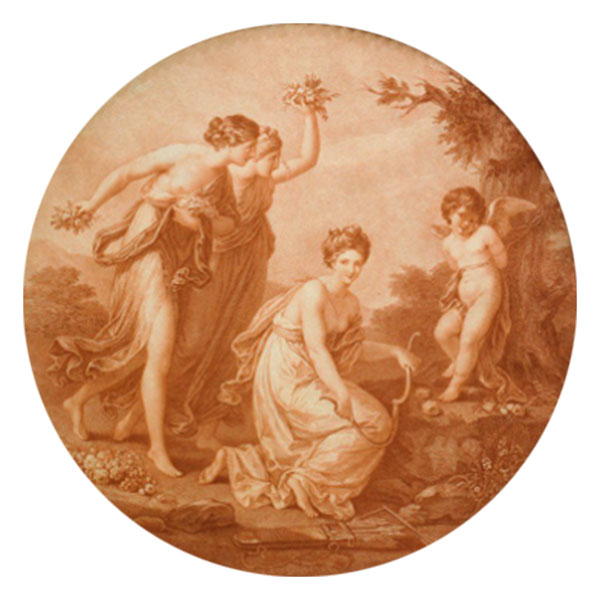
Wedgwood Eros and Euphrosyne
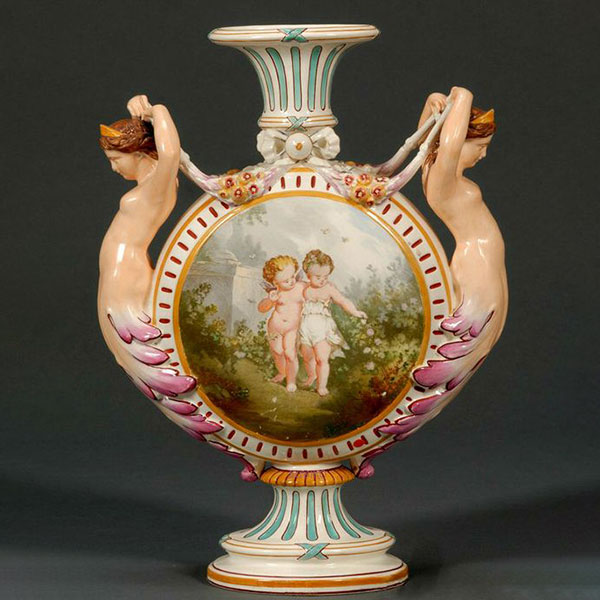
Wedgwood Queensware Cupid and Psyche Pepin
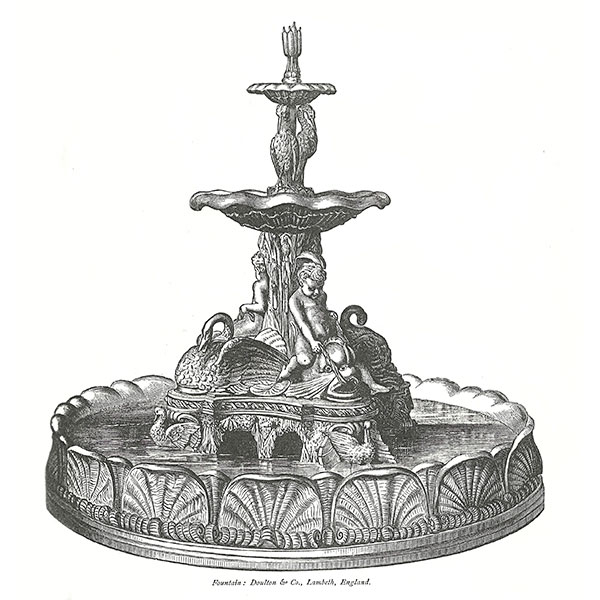
Doulton Dolphin Fountain G. Tinworth
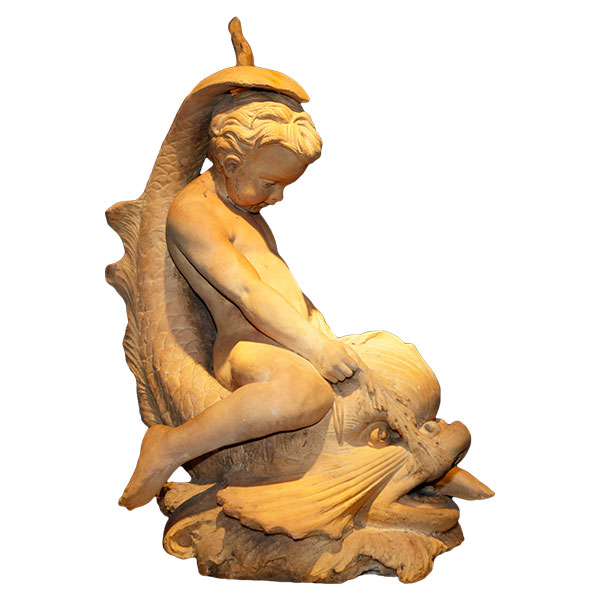
Doulton Cupid on Dolphin G. Tinworth
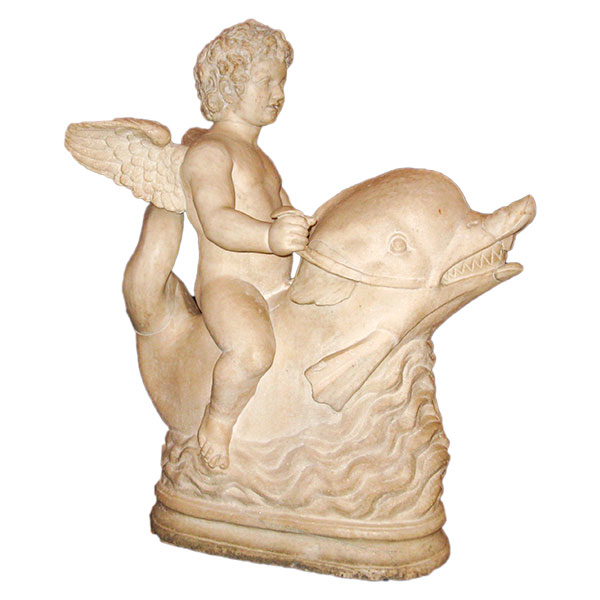
Cupid Riding a Dolphin Hermitage
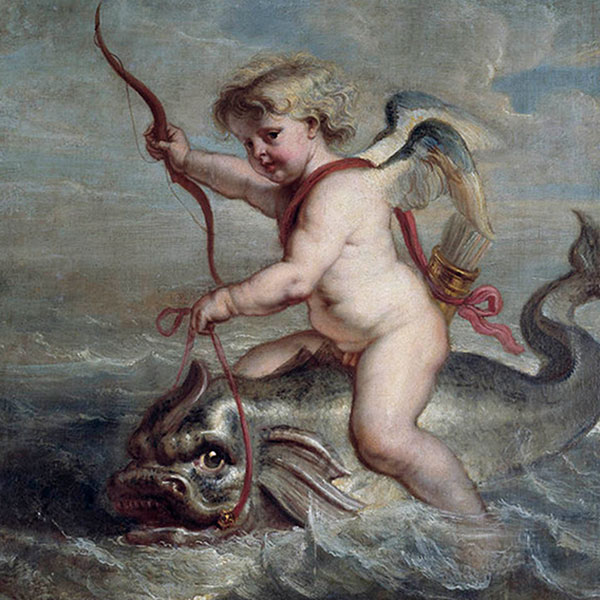
Cupid on Dolphin E. Quellin
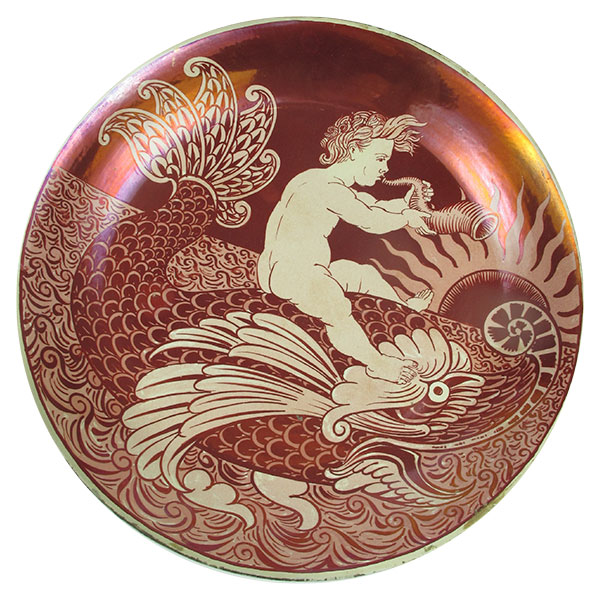
Cupid on Dolphin W. De Morgan
